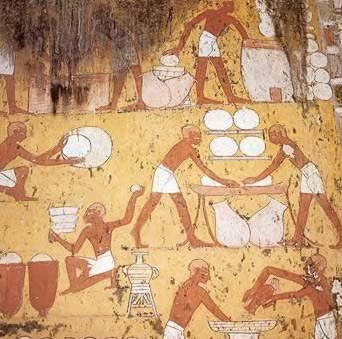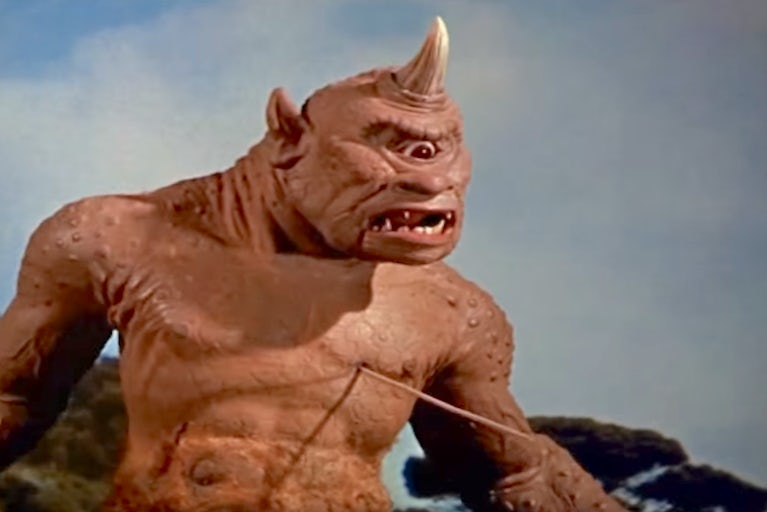
In part one of our exploration of the history of cheese, we revealed theories about the origin story of the delicious and mysterious culinary delight that is cheese. Now for a brief history of how the world fell in love, and even evolved, to love cheese.
5,000 B.C. – Word of this glorious creation spread far and wide. Archaeologists unearthed evidence of cheese making in Poland from roughly 7,500 years ago.
2,000 B.C. – Ancient Greek mythology references the art of cheese making, and murals depicting the cheese-making process appear inside Egyptian tombs dating back more than 4,000 years.
5,000-2,000 B.C. – As cheese rose in popularity throughout the Middle East and Europe, a remarkable genetic revolution was under way. Humans quickly adapted a mutation to tolerate lactose into adulthood.
800 B.C. – Cheese is loved by man and mythical beast alike. In Homer’s Iliad, the Cyclops made cheese by pouring curdled milk into baskets he kept in his cave. He famously augmented his cheesy diet with the crushed bodies of Odysseus’ men.
27 B.C. – By the time of the Roman empire, cheese was big. Cheese makers had figured out how to process the cheese into harder varieties that traveled well, spreading its popularity.
Is Your Cheese Watching You?
Experts call the holes in cheese varieties such as Swiss “eyes.” Cheeses with no holes are considered “blind.”
1,500 – The Chinese cheese-making tradition dates to the Ming Dynasty (around 1500 A.D.), and some groups of eastern Asian peoples, including Mongolians and Tibetans, feature cheese as a primary component of their diets. European and American influences brought western-style cheese to Asia over recent centuries, but it never caught on in a big way.
1500– Cheese didn’t appear in North or South America until European immigrants brought it over.
1700 – The Renaissance brings new life to cheese making. Cheddar and parmesan are invented.
1815-A Swiss factory is first to mass produce cheese. Until then, cheese had been made in small batches on dairy farms.
1900-Factory-made cheese becomes the norm.
1980s to the present -Artisanal cheese make a resurgence in the United States.


